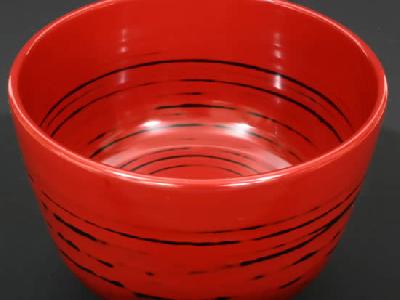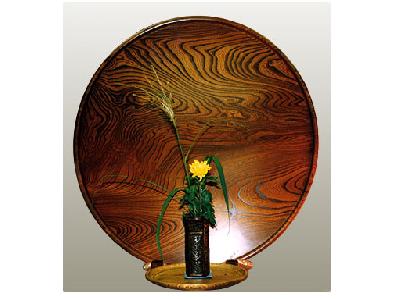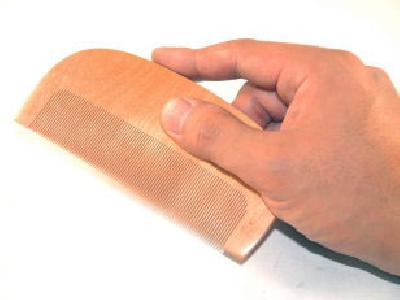Yamanaka lacquer ware is a traditional handicraft handed down for 400 years in Kaga City, Ishikawa Prefecture. This craft dates back to the Tensho era (1570-1592) during the Azuchi-Momoyama period, when wood turners from Echizen (present-day Ishikawa Prefecture) moved to this area and taught turnery to the local workmen. In the Edo period (1603-1868), the techniques of lacquering and makie were introduced, by which the town became famous as the producing center of tea utensils.
Yamanaka lacquer ware is characterized by rokurobiki, or wheel wood carving skills, by which a block of wood place on a wheel is shaped into a bowl or a teacup holder. At the summit of wheel wood curving skill is kashoku-biki, or pattern adding wheel curving, in which quality of wood and beauty of grains are fully utilized. The turned pieces are perfect in shape without any deformation and they are works of art in themselves. In Yamanaka lacquer ware, the excellent skills of turners, which are beyond all imagination from the simple appearance of the finished works, are hidden behind the application of lacquer.



















